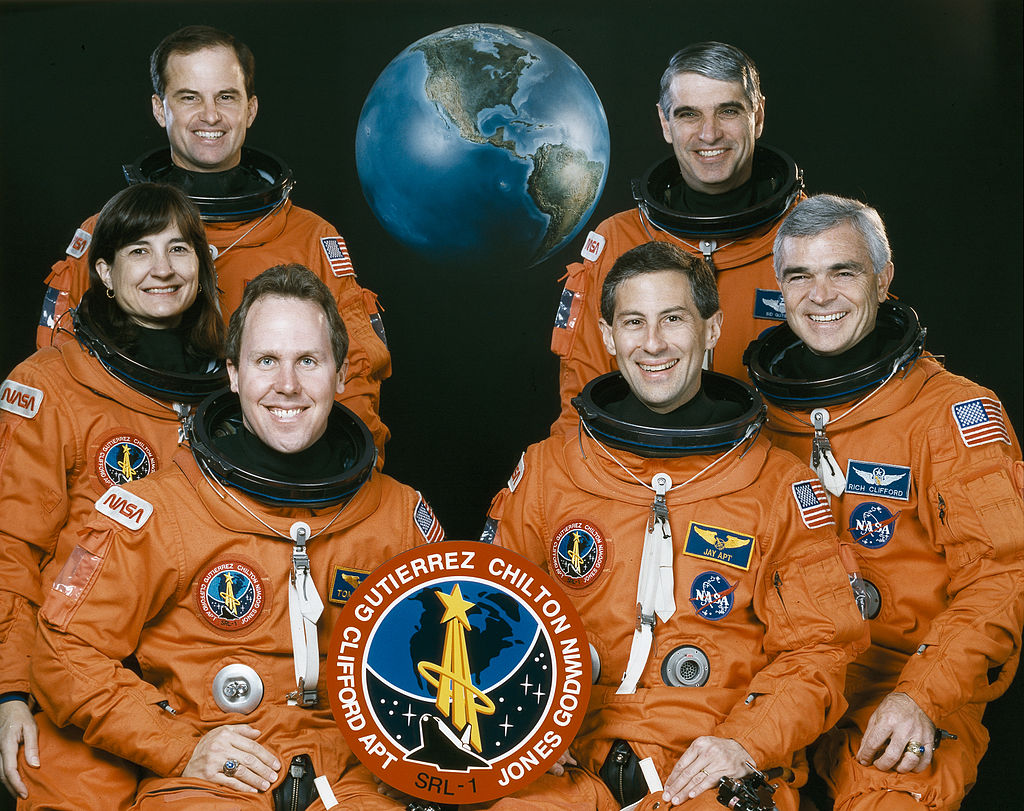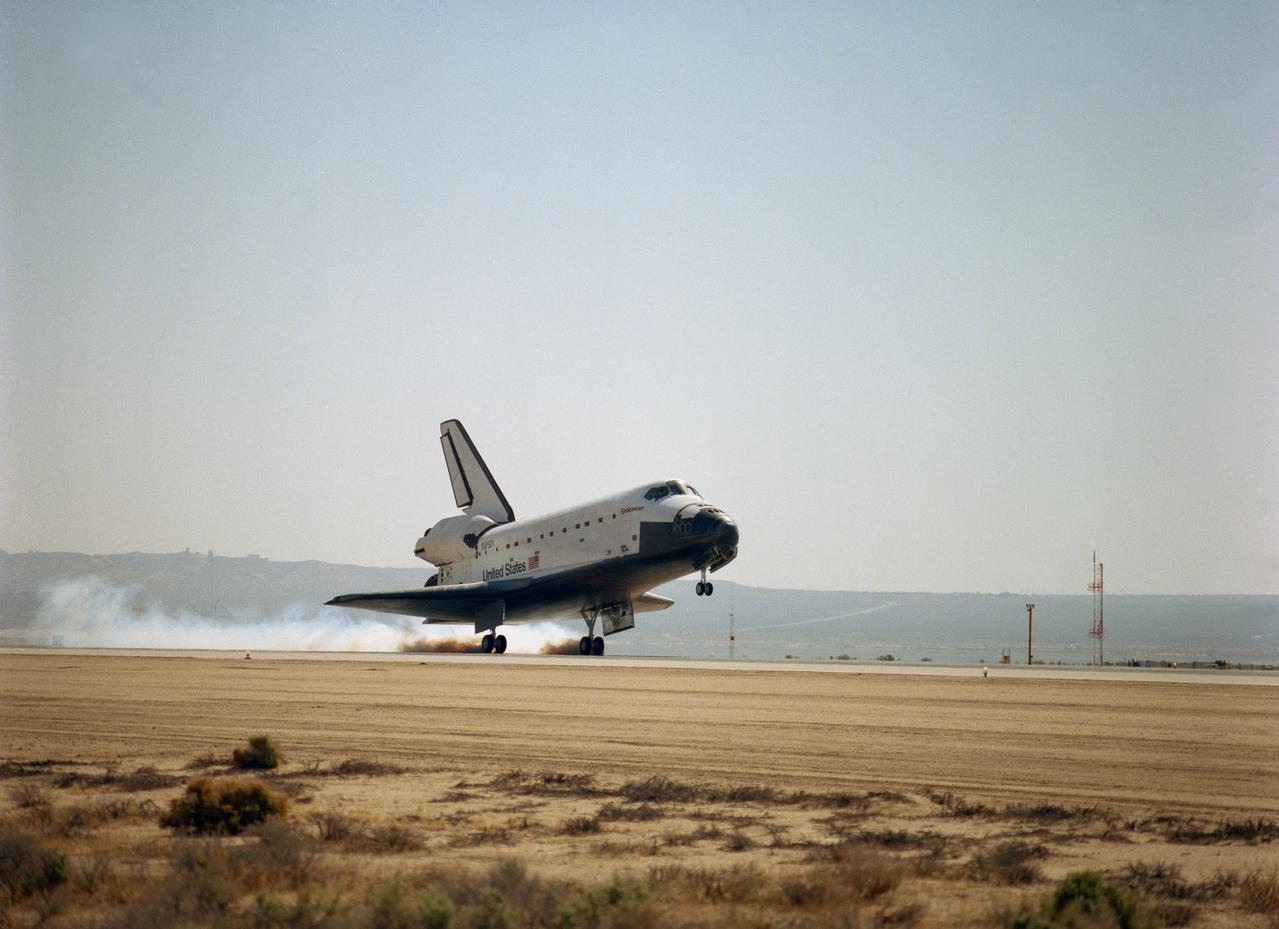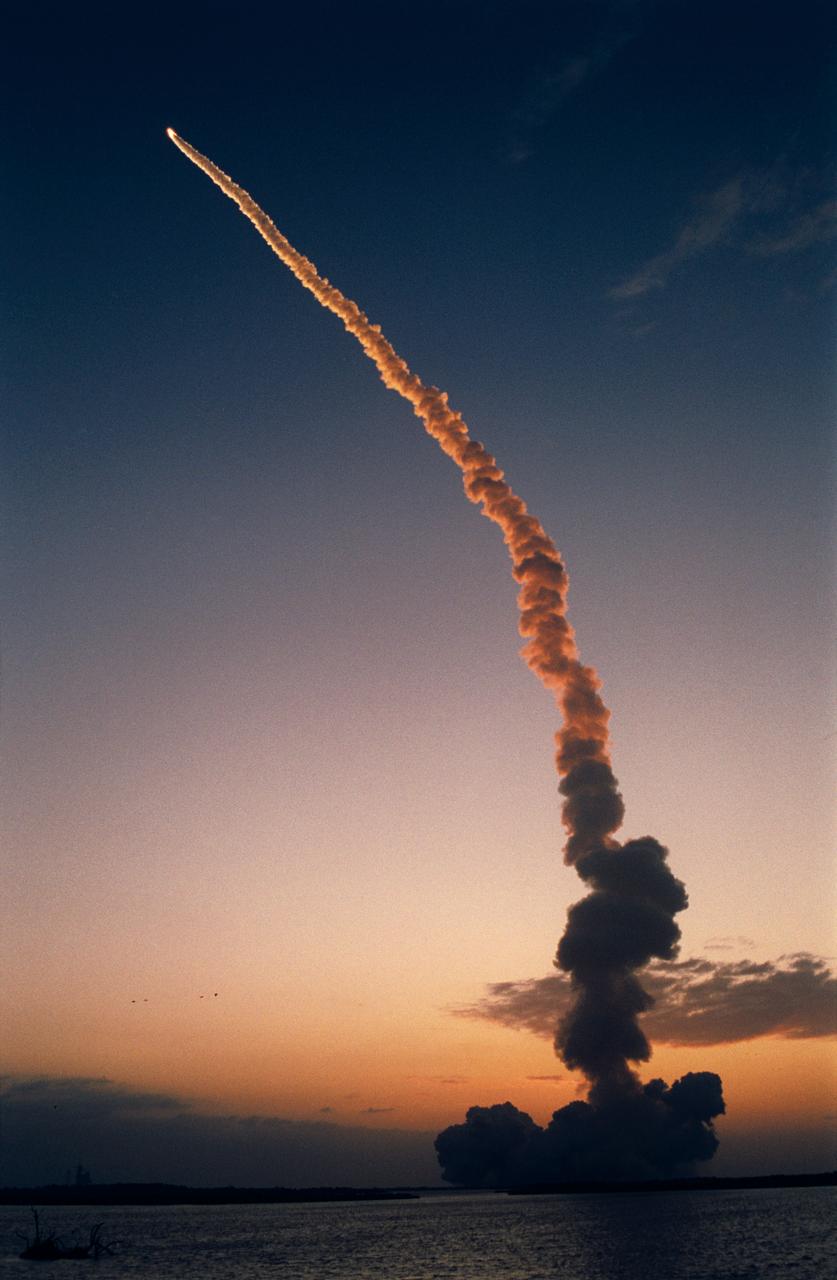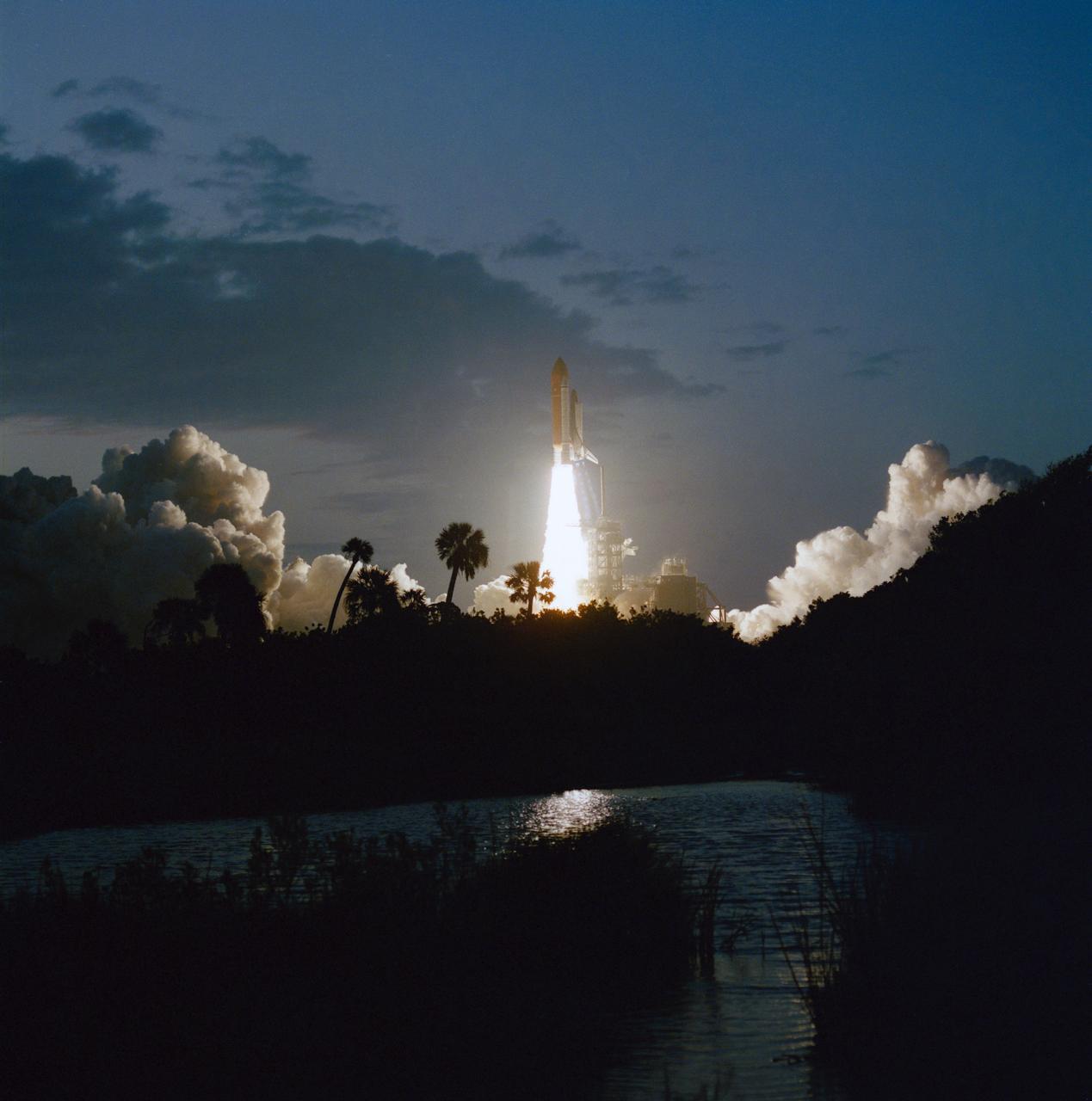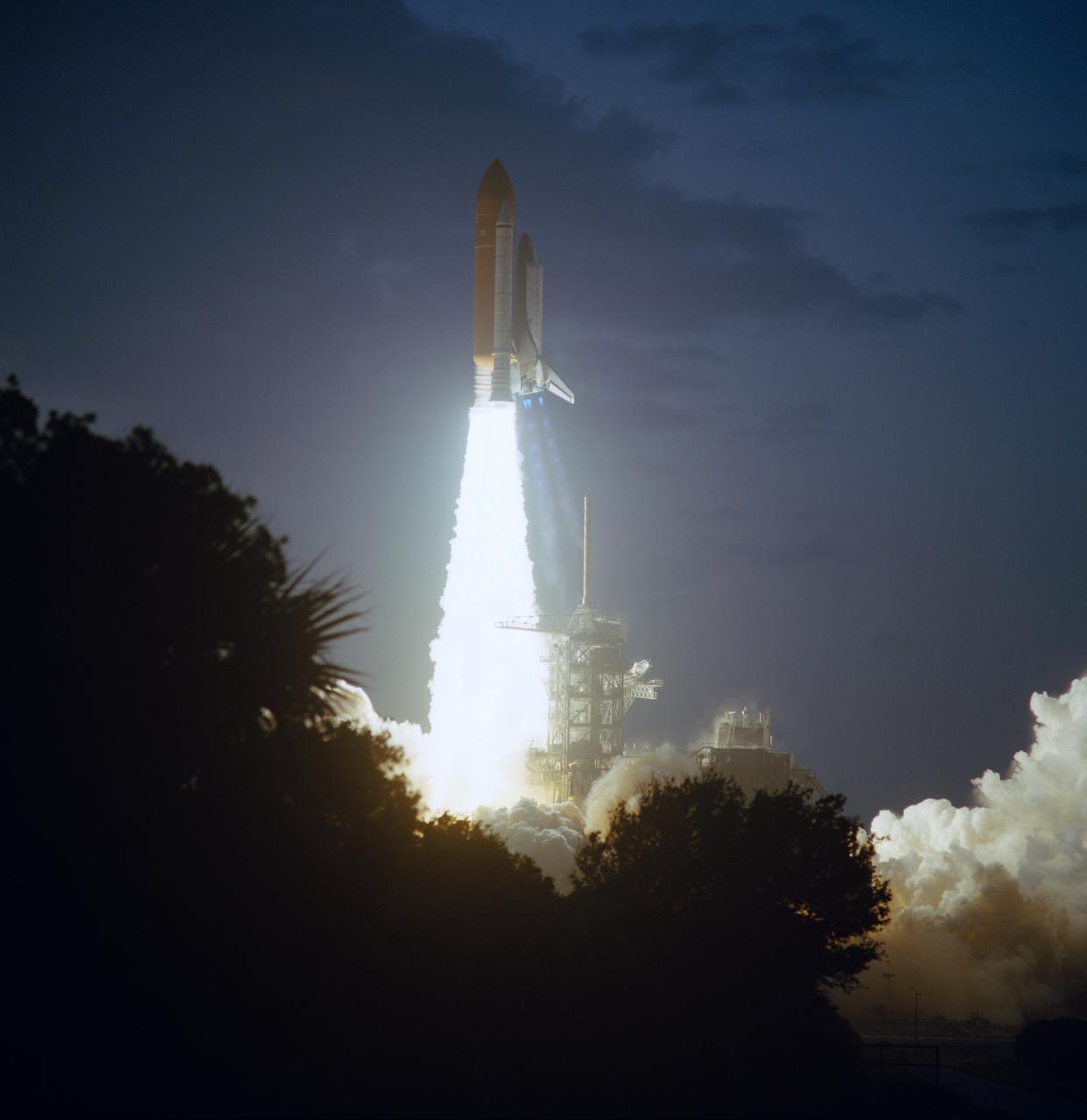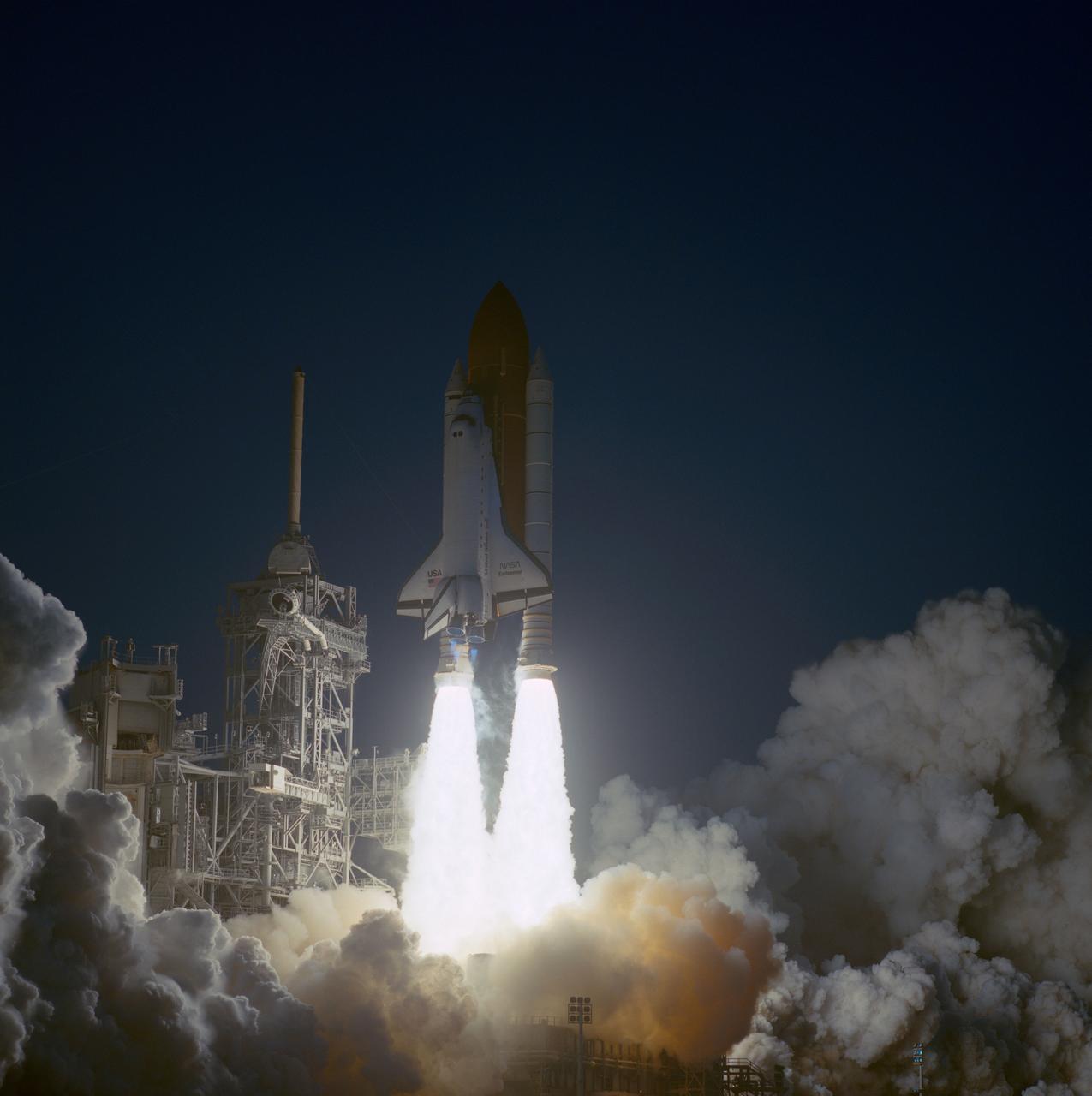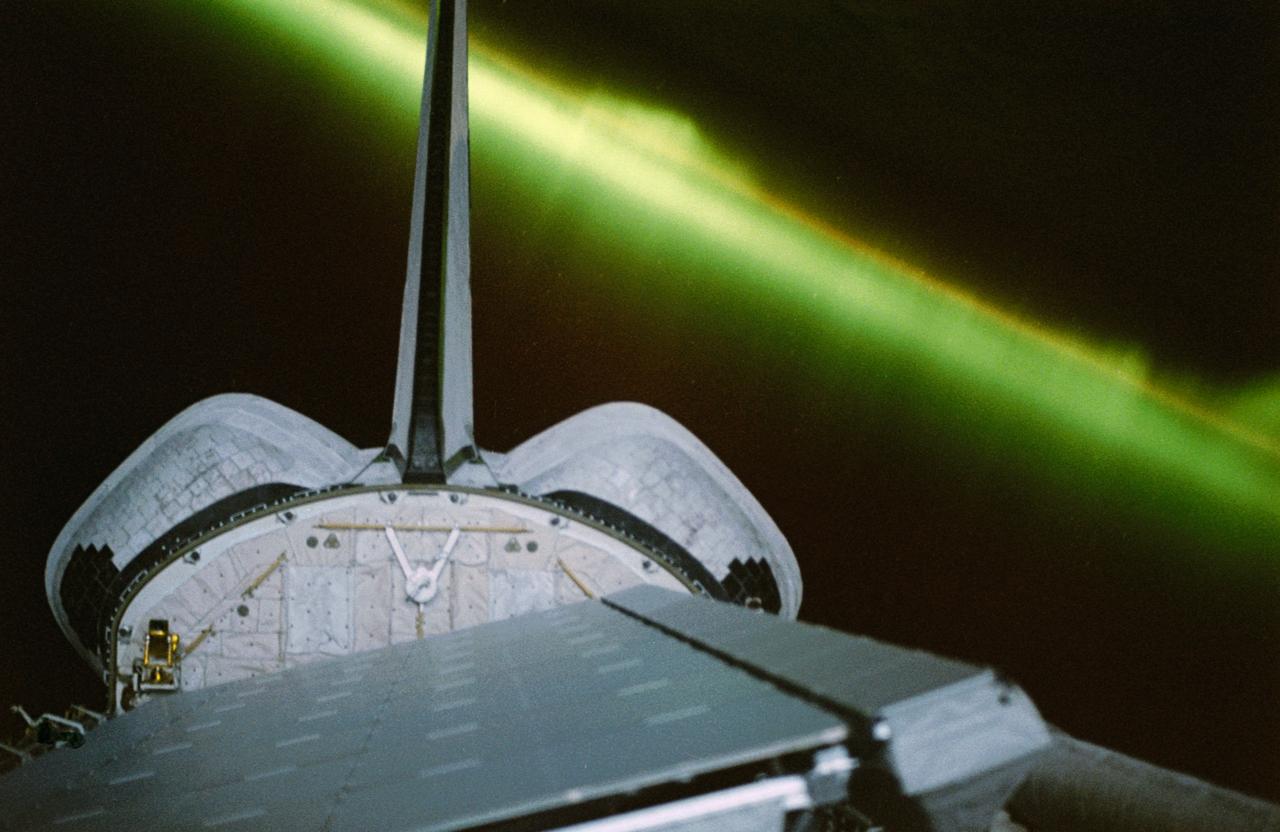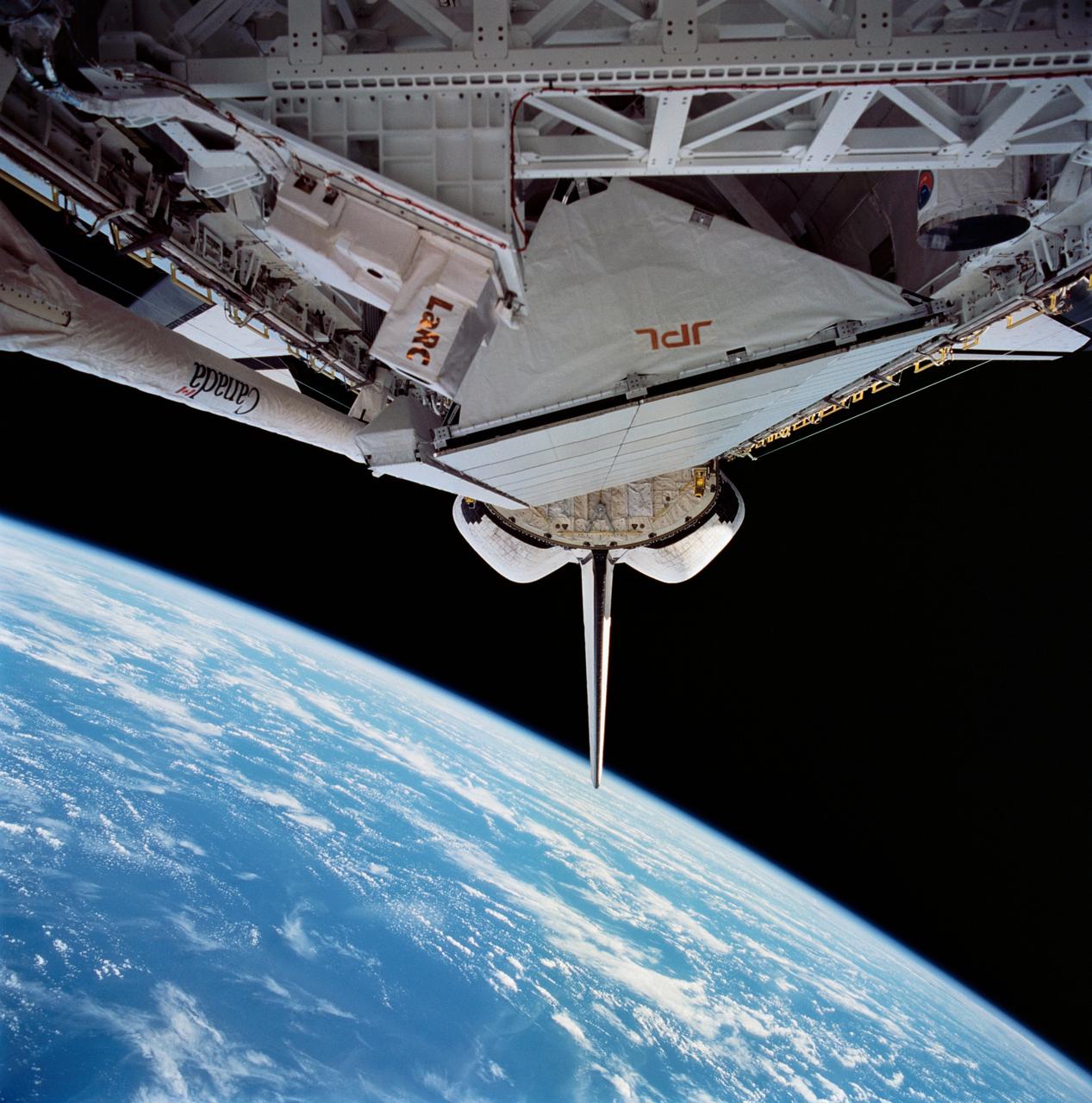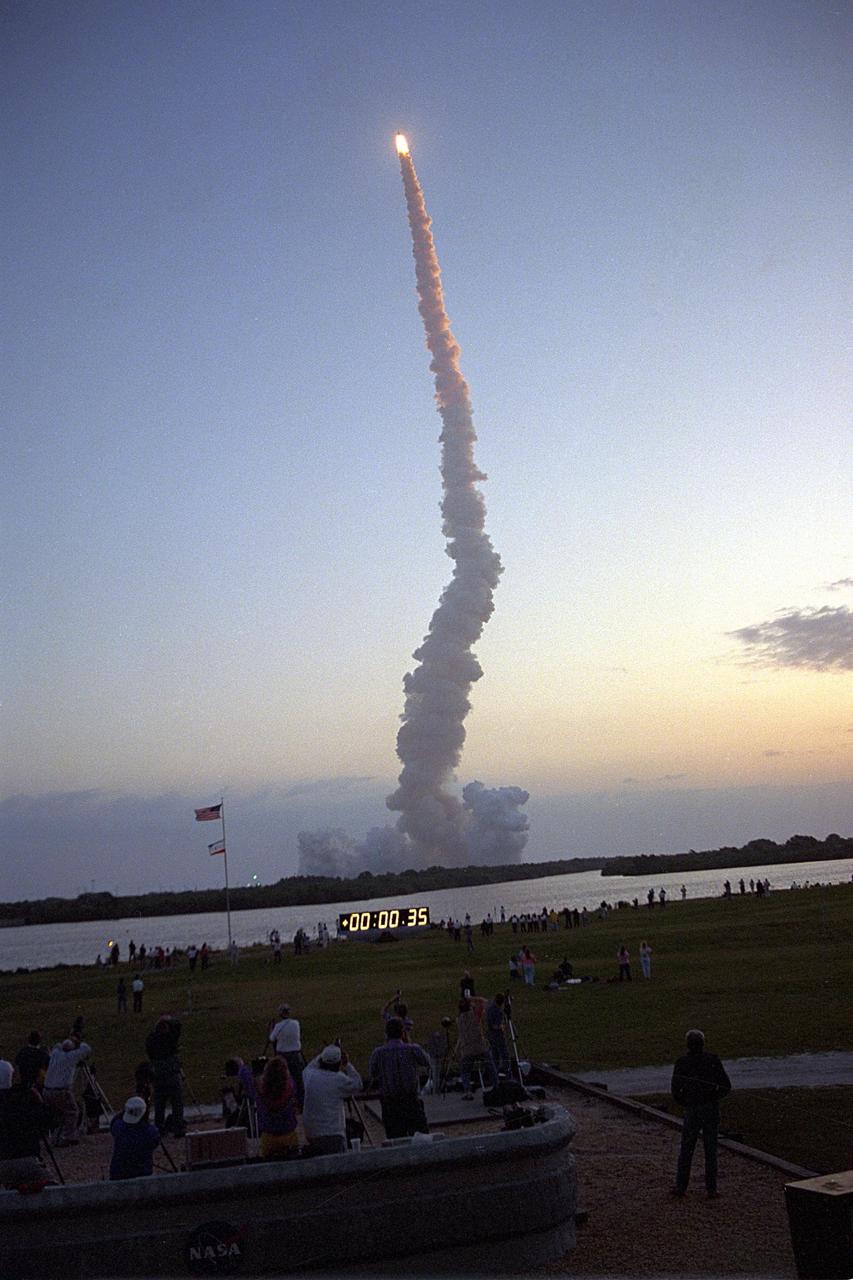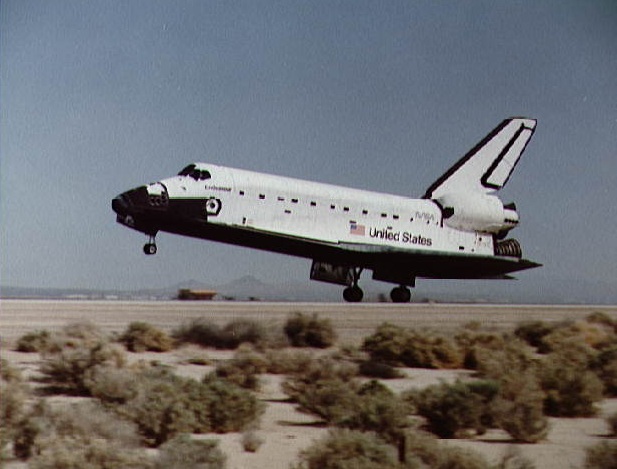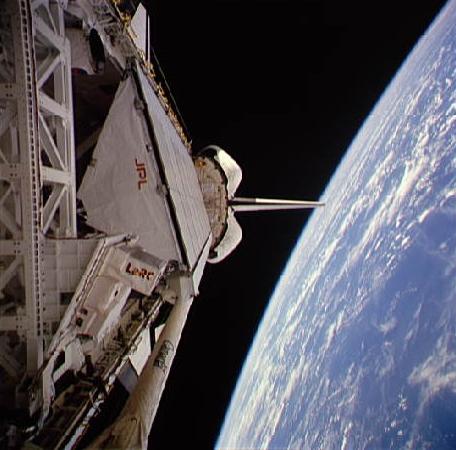STS-59 Fact Sheet
By Cliff Lethbridge

STS-59 — Endeavour
62nd Space Shuttle Mission
6th Flight of Endeavour
Crew:
Sidney M. Gutierrez, Commander
Kevin P. Chilton, Pilot
Linda M. Godwin, Payload Commander
Jay Apt, Mission Specialist
Michael R. Clifford, Mission Specialist
Thomas D. Jones, Mission Specialist
Orbiter Preparations:
Tow to Orbiter Processing Facility – December 13, 1993
Rollover to Vehicle Assembly Building – March 14, 1994
Rollout to Launch Pad 39A – March 19, 1994
Launch:
April 9, 1994 – 7:05:00 a.m. EDT. April 7, 1994 launch attempt was scrubbed at T-27 hours to allow additional time to inspect metallic vanes in main engine high pressure oxidizer preburner pumps.
Rescheduled launch attempt on April 8, 1994 was canceled due to poor weather at the Kennedy Space Center. April 9 launch occurred as scheduled with no delays.
Landing:
April 20, 1994 – 9:54:30 a.m. PDT at Runway 22, Edwards Air Force Base, California. Rollout distance was 10,691 feet. Rollout time was 54 seconds. Mission duration was 11 days, 5 hours, 49 minutes, 30 seconds. Landing occurred during the 183rd orbit. Landing attempts at the Kennedy Space Center primary landing site on April 19 and April 20 were waived off due to poor weather.
Mission Summary:
The primary payload was the Space Radar Laboratory-1 (SRL-1), located in the payload bay and operated from the ground. SRL-1 included the Spaceborne Imaging Radar-C, the X-band Synthetic Aperture Radar (SIR-C/X-SAR) and an atmospheric instrument called Measurement of Air Pollution from Satellites (MAPS).
SIR-C/X-SAR was provided by the German Space Agency and the Italian Space Agency and covered about 38.5 million miles of Earth, or approximately 20% of the planet. More than 400 specific sites were imaged, including 19 primary sites in Brazil, Michigan, North Carolina and Central Europe.
The MAPS instrument measured the global distribution of carbon monoxide in the lower atmosphere.
Other payloads included GAS experiments provided by New Mexico State University, Matra Marconi Space (France), the Society of Japanese Aerospace Companies and the University of Alabama at Huntsville. Other experiments included the Visual Function Tester-4 (VFT-4), Space Tissue Loss (STL-4 and STL-5) and Shuttle Amateur Radio Experiment (SAREX).
This was the first Shuttle mission to employ Toughened Uni-Piece Fibrous Insulation (TUFI), an improved thermal protection tile. Test tiles were placed on Endeavour’s base heat shield between the three main engines.
SELECTED NASA PHOTOS FROM STS-59
